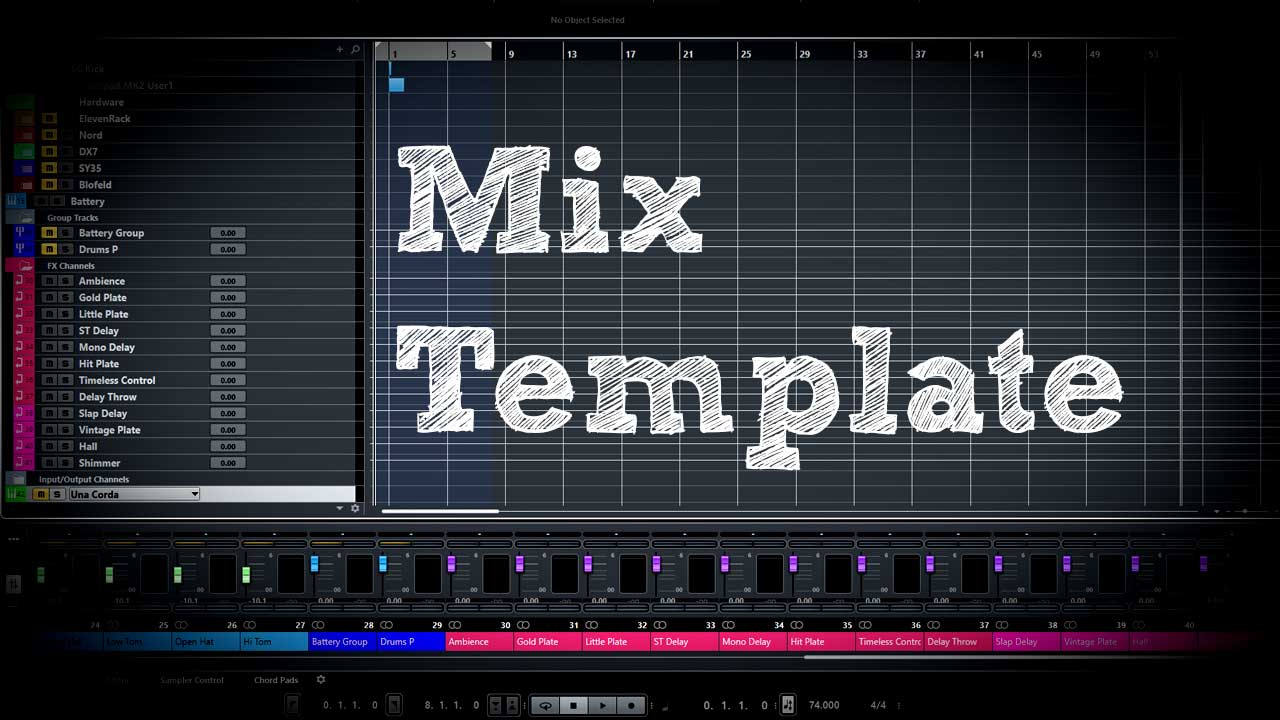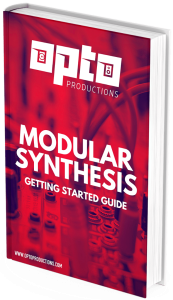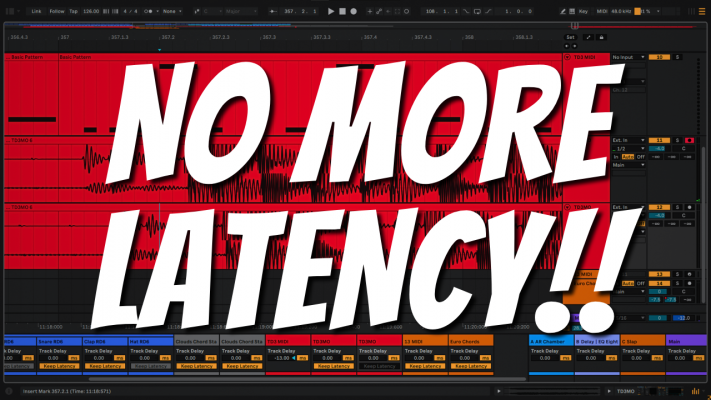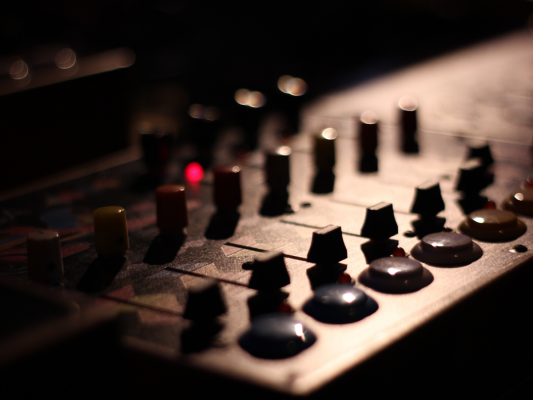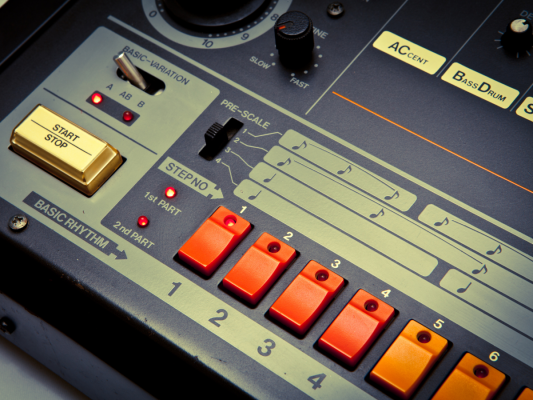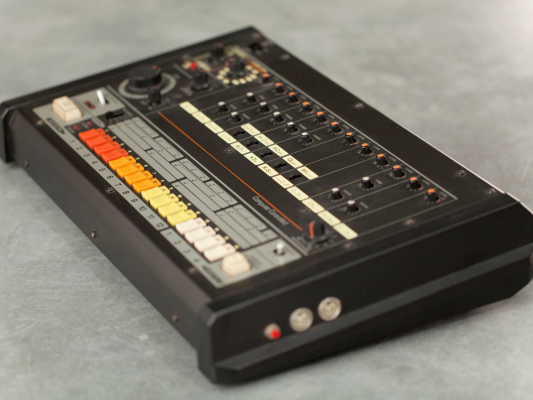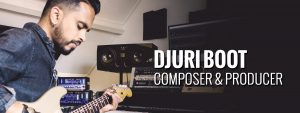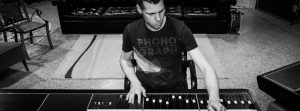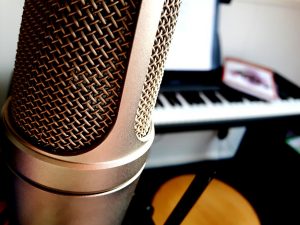Do I Need A Mix Template?
Almost all of the great mix engineers in this world use a mix template. I wanted to make one myself for a long time but I couldn’t get my head around it at first. If you are just starting out with mixing music, the thought of creating a go-to mix template can be daunting.
When I just started mixing, my workflow was drastically different with every song I mixed. I didn’t know how each plugin reacted to different instruments and sounds. I was trying out lots of new techniques and plugin types. Even though I could see the benefit of having a mix template, I just didn’t know how to create one. Not in a technical sense, but in a way that would make the template usable for lots of different projects. 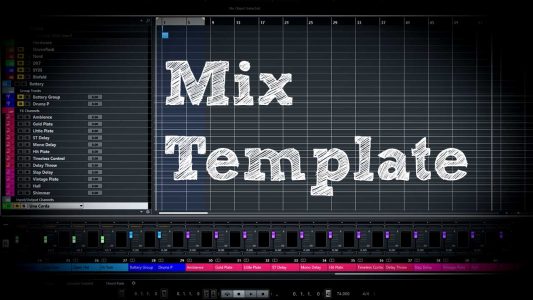
A mix template saves time
However, after a while, I started seeing patterns in my mixing workflow and I began to understand the effectiveness a mix template could bring to the table. I always used one particular compressor for parallel compression purposes and I had a couple of reverb sends I kept reaching out for. I figured that having a mix template could save me lots of time setting up different routings and patches.
Not only during mixing but also during music production I started to do the same things over and over again. Like setting up external instrument routings and inserting commonly used software instruments.
Start with presets
It was time for me to start working on a mix template. But before I did, I started saving presets of commonly used reverb, delay, and other effect plugins. I created presets that could be easily tweaked for different uses which would save me lots of time later on.
Now that I had made all these presets, I created a blank project and inserted a couple of effect busses. There are various uses of reverb so I created a bus for each specific use. For example a short ambient reverb to add depth to a sound without cluttering it, a longer plate reverb for vocals, and a hall reverb for sending instruments to the back of the mix. I did the same with my delay plugins. Clean stereo delays in combination with, mono delays, hit delays, and tape delays. I also inserted equalizers after these plugins as I’d often remove the lower and upper frequencies to prevent them from cluttering up the mix.
Easier to try out different ideas
Having these effect busses easily available saves me a lot of time, and I can quickly try out different ideas by sending sounds to different busses. I also made complete insert effect chains for instruments like bass, vocals, kick, snare etc. But I didn’t save these presets with the template as I would only call them up if I really needed them. The pitfall of having a template is to include every possible plugin you intend to use. Try to create a template with only the most used plugins. Not only will this save precious processing power, but it will also help you make decisions faster.

